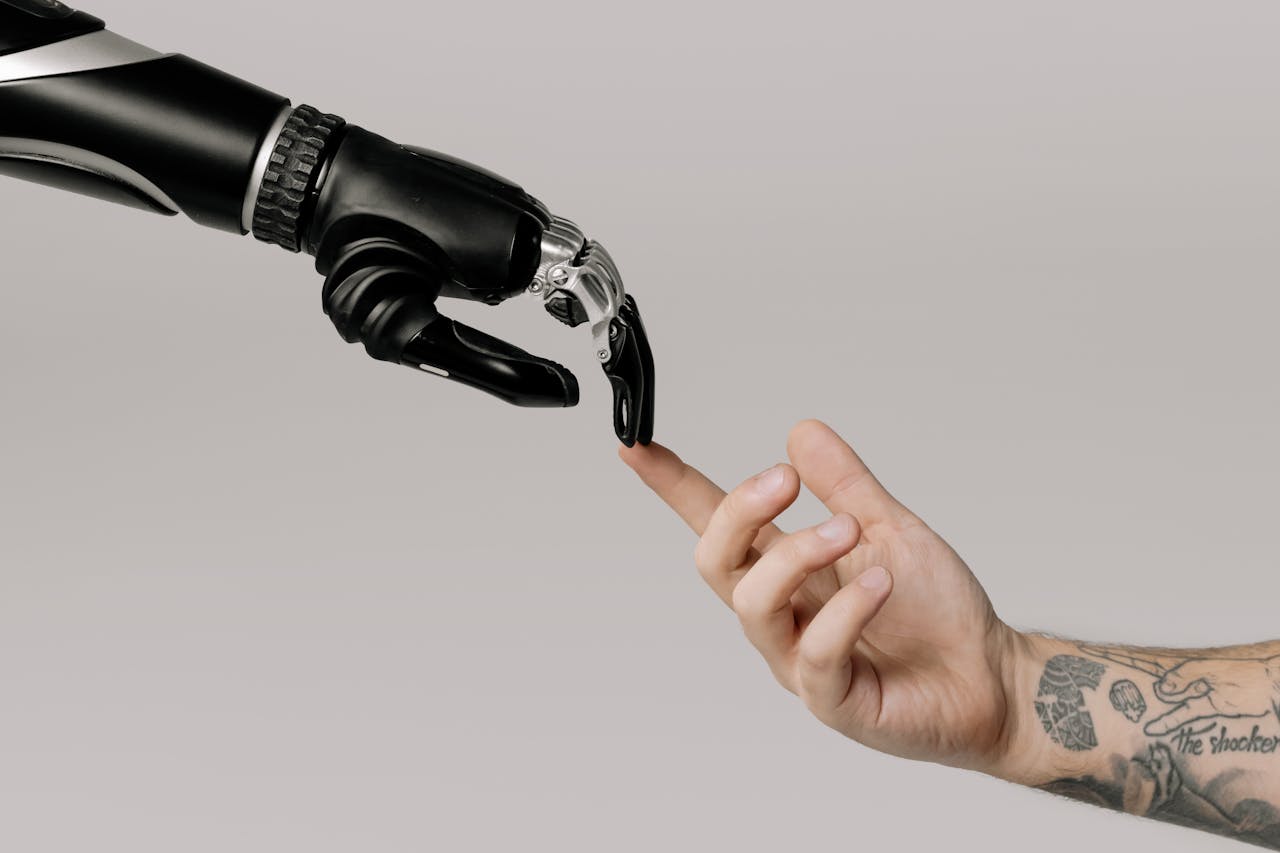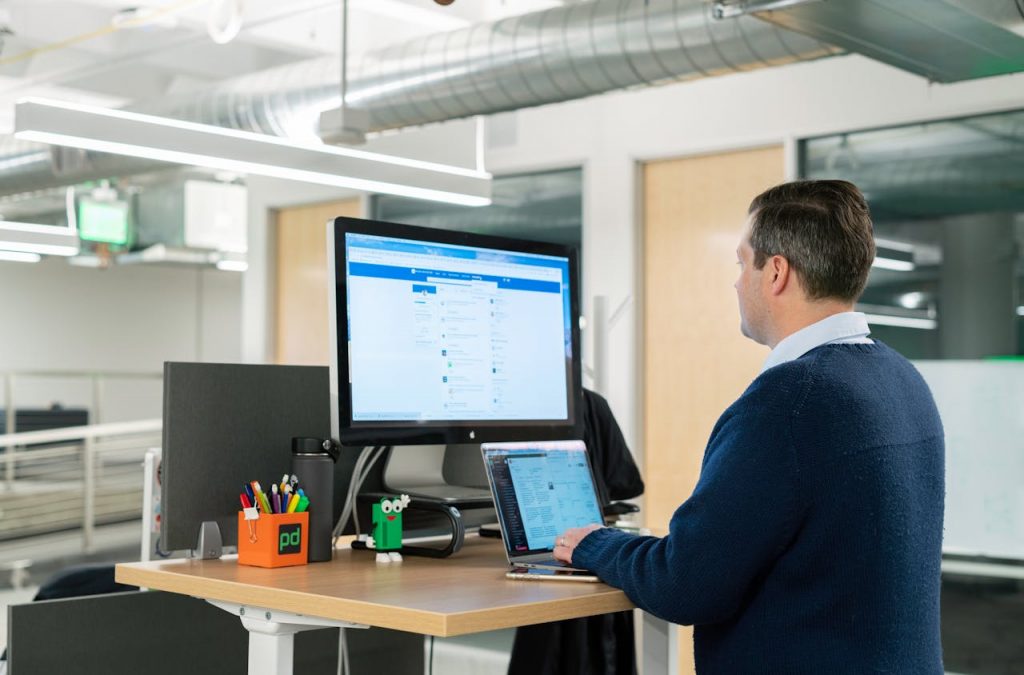The long-awaited 5G technology is slowly starting to roll out. We anticipate major advantages in several different industries, including retail.
But which areas of activity will 5G have the biggest impact on businesses?
With superfast speeds, minimal lag and an ultra-strong connection (even with multiple obstructions), 5G will allow businesses to implement new in-store solutions to improve their customer experience.
Virtual changing rooms, fully automated in-store customer service, augmented reality and even distance advising are just some of the new tech solutions that we could see thanks to 5G technology.
But will businesses really be making the most of this new communication standard by implementing it in-store?
We asked Farid Mheir, a microelectronic engineer and founder of the digital technology advisory firm fmcs.digital, for his take.
More advantages behind the scenes
According to Mheir, an expert in retail technology solutions, 5G could have the biggest impact for retailers in terms of developing logistics and apps that could improve their customer experience.
The fact that 5G can connect hundreds of smart devices at once could help develop cutting-edge automated smart warehouses.
In these types of warehouses, interconnected robots could adapt to orders in real-time and adjust their actions quickly and effectively.
Obviously, a change like that doesn’t happen overnight. Businesses that have gone through the process of installing Wi-Fi know all too well: implementing a large-scale communication network doesn’t come without its challenges.
Challenges that lie ahead
Installing a 5G network would be no different. It may actually be even more difficult, given the fact that it entails setting up private networks, and not simply connecting to public networks hosted by major Internet providers.
Besides the cost, businesses hoping to modernize their logistics processes using 5G would likely have to update their existing communication protocols from the ground up.
They would need to install new equipment, such as sensors and antennas, so that all devices could communicate with each other. On top of that, other challenges could include data security, as well as ensuring that the new technology is compatible with the existing technology.
These businesses would also need the manpower and equipment necessary to manage and analyze all of the data being generated by these types of systems.
Not to mention, the first businesses that do decide to take the plunge won’t exactly have much to go off of.
In reality, using 5G logistically is still in the early stages. Large businesses in the telecommunications and automobile industries have already come up with several innovative solutions, but the examples are few and far between.
According to Mheir, it will take a while before 5G reaches its full potential. He points to Amazon as a prime example.
Started more than 25 years ago, the company didn’t magically transform into the giant that it is today. They slowly but surely improved their processes—from online searches to after-sales service. They also had to carefully bide their time until online shopping crept its way into everyday life (a phenomenon that Amazon definitely helped fuel).
The same goes for 5G. We will most definitely see this communication protocol evolve. However, right now, it isn’t quite yet in the exploratory phase.




